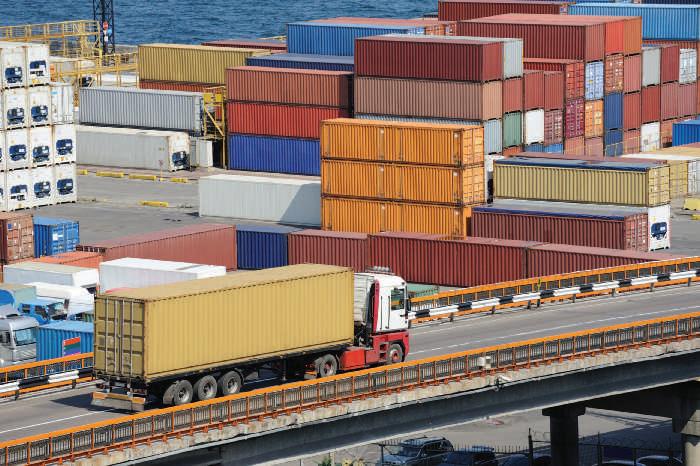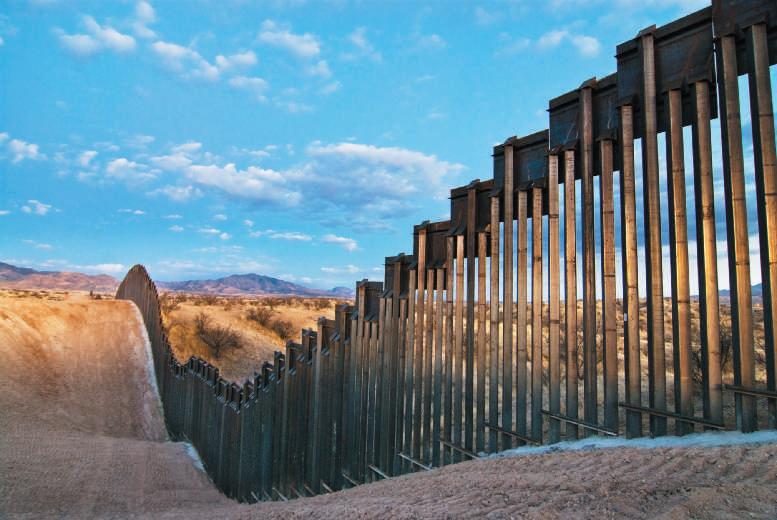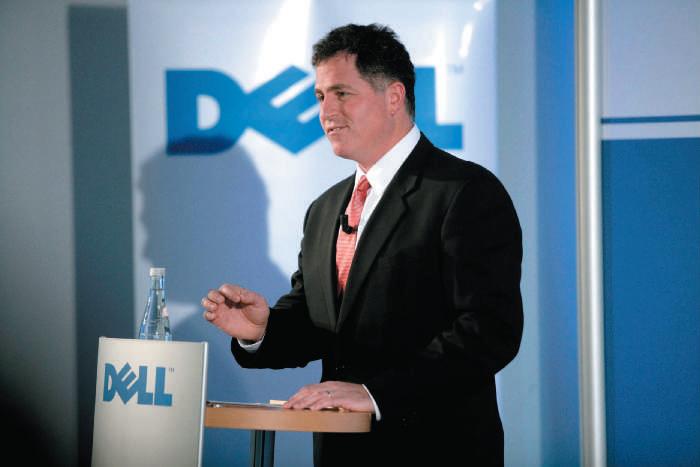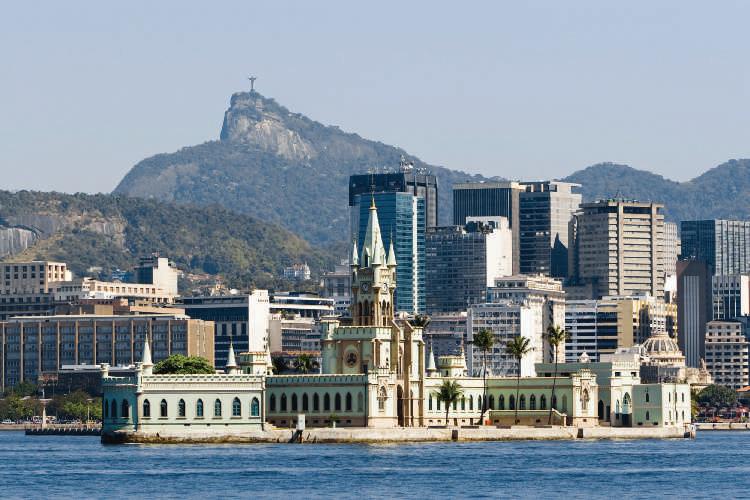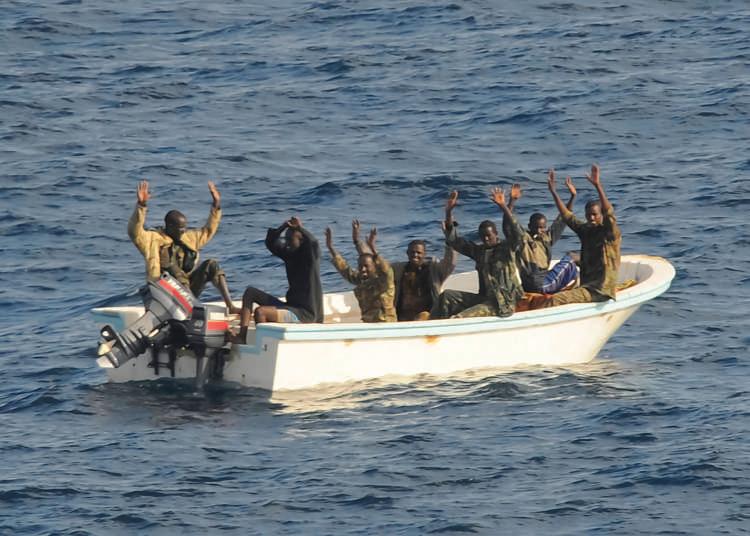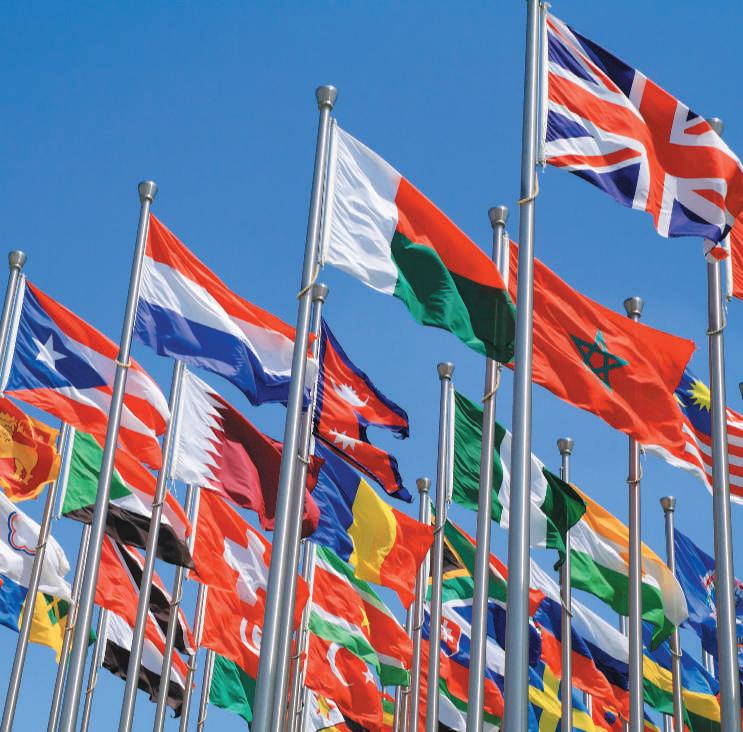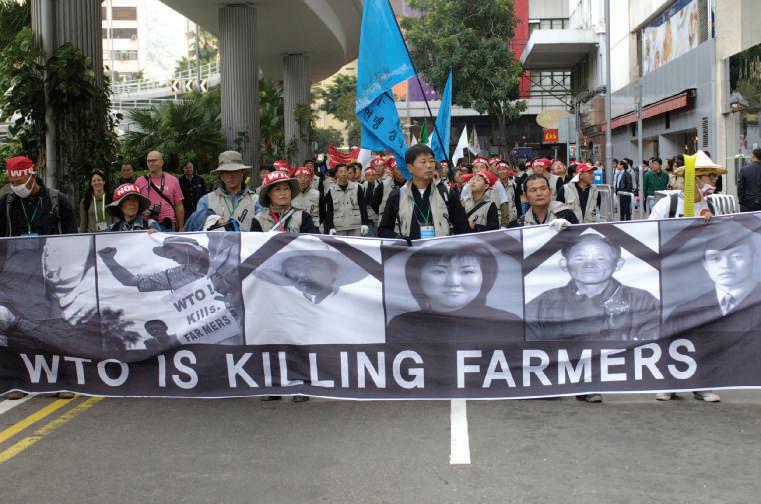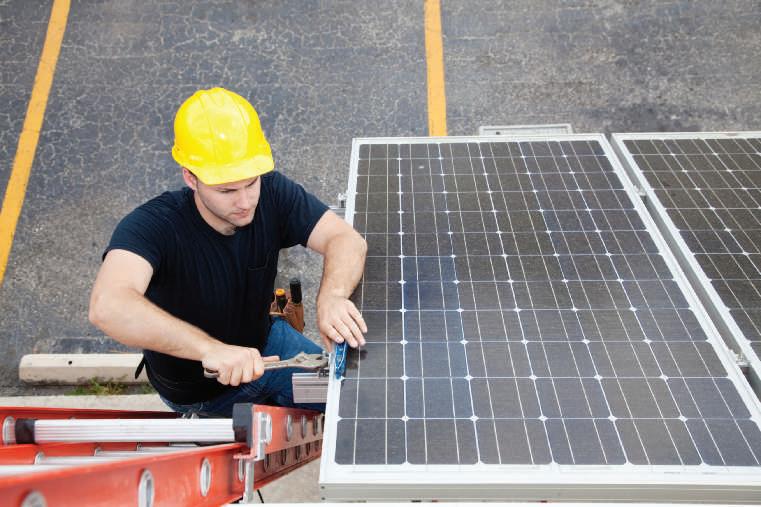L ocatio n D eci s io n
327
A second location consideration is the infrastructure that the country offers, such as seaports, airports, roads, electricity, and water access. Most developing countries offer very competitive labor costs and availability, but many lack the infrastructure of developed countries. Basic necessities of a production facility, such as a reliable power network, which one takes for granted in developed countries, may present a challenge in developing countries. Trade policies such as those discussed in Chapter 1 (tariffs, preferential duties, and nontariff barriers), that can vary greatly from country to country, also must be considered in the location decision. For example, as described in the opening vignette of this chapter, Lenovo’s decision to open a manufacturing plant in Monterrey, Mexico, reflects a strategy to take advantage of NAFTA signed by Canada, the United States, and Mexico. Financial considerations, such as transactions risk, translation risk, and economic risk, analyzed in Chapter 14, play a major role in location decisions as well. Another location decision consideration involves government incentives in the form of tax breaks or low corporate taxes. For instance, due to its low 12.5 percent corporate tax rate, Ireland was able to attract numerous production facilities in the 1990s. In contrast, the corporate tax rates of countries, such as the United Kingdom, Germany, France, the United States, and Japan, are approximately 25 percent to 45 percent. Political considerations, such as social stability, form of government (democracy, dictatorship, etc.), and public attitudes toward foreign investment, are all important in the location decision. The presidency of Hugo Chávez and his successor Nicolás Maduro has made Venezuela an unattractive place for most global investors to locate new businesses. In contrast, the political reforms initiated by Deng Xiaoping in the early 1980s, made China a favorite location of production facilities. Since the early 1990s, China has been the world’s largest recipient of foreign direct investment among developing countries. In recent years, foreign direct investment to China accounts for one-fourth to one-third of total foreign direct investment inflow to developing countries.
13-4b Location of Production Facilities for Products Companies also must decide where to locate the production facilities for their products. The products of BMW are automobiles, and it has production facilities in Germany, Great Britain, the United States, and South Africa, where cars are assembled. How is the location decision for products different from the location decision for components and raw materials? In short, there is not much difference. Most of the considerations for components and raw materials also apply to products. However, there are three major considerations that only pertain to products. If a product can serve the needs of all customers around the world, then the company may locate all production facilities in one country. If the product must be customized for different countries, then multiple production facilities will be needed. Harley-Davidson has four production facilities where its motorcycles are assembled, and all four facilities are located in the United States. One reason for this location decision includes serving the world market with its standard motorcycle designs. This is not the case for Nestlé, whose products require regional customization; consequentially, Nestlé has established production facilities for its products all over the world. Because products are sold to customers, and most of the time components and raw materials are not, one consideration for deciding upon production facility location is proximity to markets. This may explain BMW’s decision to locate its assembly plants in Europe and America, which are its two biggest markets. Proximity to suppliers and proximity to the production facilities that provide the components and raw materials is an important consideration, too. A company locating a production facility for oil and gas products may be attracted to the states of Texas and Louisiana, where there is an abundance of refineries and oil rigs. Copyright 2017 Cengage Learning. All Rights Reserved. May not be copied, scanned, or duplicated, in whole or in part. Due to electronic rights, some third party content may be suppressed from the eBook and/or eChapter(s). Editorial review has deemed that any suppressed content does not materially affect the overall learning experience. Cengage Learning reserves the right to remove additional content at any time if subsequent rights restrictions require it.









